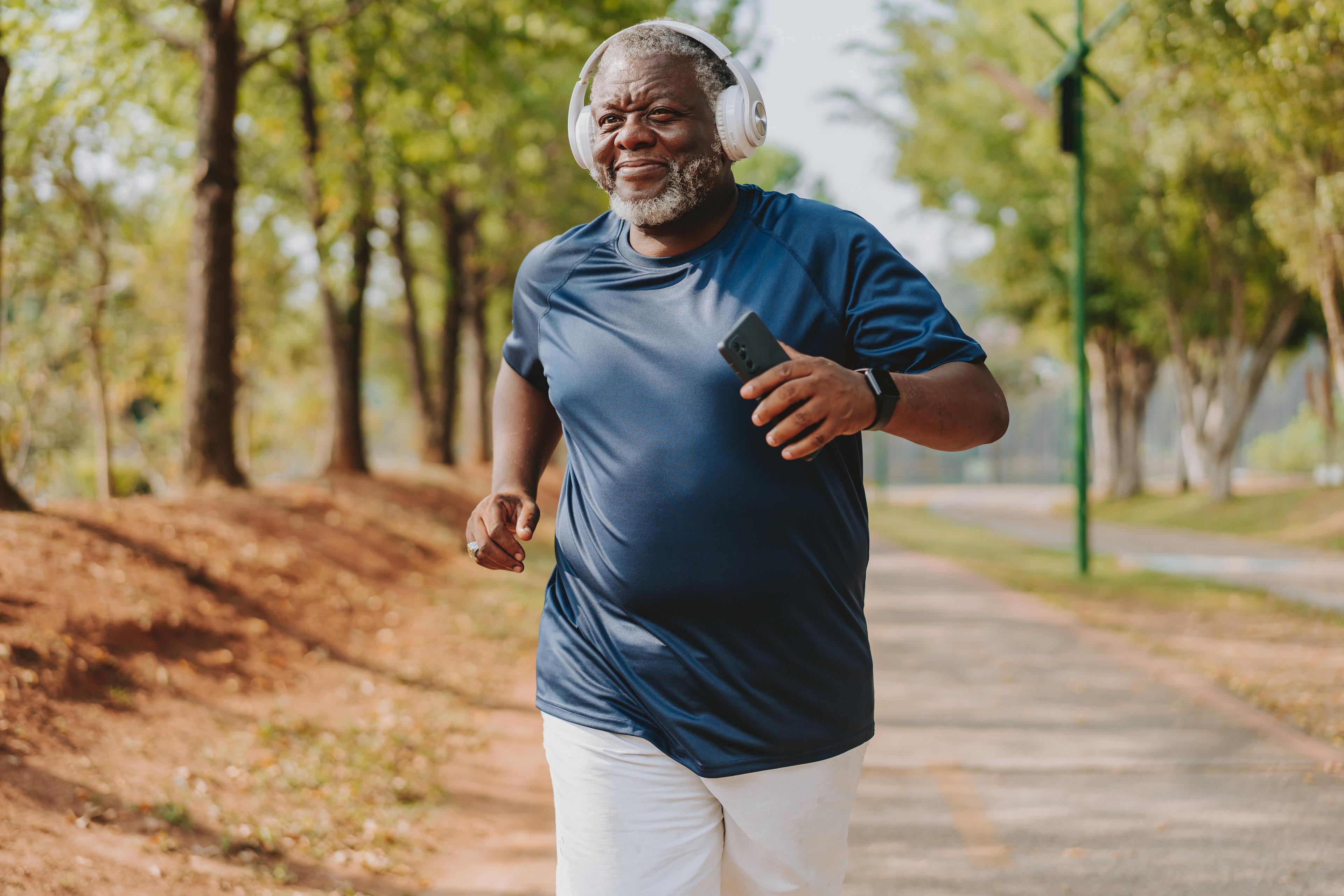The Pros and Cons of Running on Different Surfaces

Isabella Cannon
| 4 min read

Running is one of the only sports that can be done nearly anywhere, on any surface. The key is finding a route and a terrain that best suits your physical needs. While running is a great form of exercise, there are advantages and disadvantages to running on different surfaces.
Knowing the differences between running surfaces is important for a runner as it can help you prevent injuries and set yourself up for success based on your experience level, physical condition and fitness goals.
1. Trails
Dirt, gravel and grass are perhaps the most natural running surfaces. Trail running has significantly less impact on your bones and joints than running on concrete or asphalt. The natural terrain is also a great asset to overall strength and agility.
Pros:
- Soft surfaces have less impact on the body
- Hills that help fitness and strength
- Some trail locations are naturally shaded by trees
- Constant change of scenery
- A good calorie burn
Cons:
- Dangerous after rain with muddy, slippery surface
- Drought dried paths are harder on joints
- Obstacles such as roots, rocks and debris can lead to injury
- Uphill trails or roads can by psychically demanding
2. Concrete and Asphalt
Concrete is the most easily available of running surfaces, but it puts the most strain on the body. Asphalt is slightly softer than concrete. Buying well-supported running shoes can help you deal with shock absorption that results from the repeated force at which your feet strike the hard surface.
Pros:
- Extremely accessible
- The consistency of concreate surfaces such as sidewalks and roads make it easier to stabilize, which decreases your risk of falling
- You can pick a route according to its specific length
- Easy to work into your schedule
- Fairly flat and well-maintained
Cons:
- Can cause shin splints and stress fractures for some individuals
- Chance of injury with curbs, dodging other people, and traffic
- High-stress impact on your joints, muscles and bones, especially for beginners
- Road camber (the slope of the road) can lead to injury
3. Track
Distances are clearly marked, so tracks are perfect if working on a specific distance plan. It is also good all-weather material as it is made from synthetic materials.
Pros:
- Good for measuring distances
- Flat, even ground
- Best for speed work
- Well-maintained with limited risk of injury
- Forgiving surface that is better on joints
Cons:
- Challenging for long-distance running
- Not as accessible and can be expensive
- Monotonous
- Physical stress from the curves in the track
4. Sand
Running on sand can be a challenging workout, but it's soft on your joints. A sand run would be perfect for runners who want to work harder or are recovering from an injury. You can choose from deep soft sand for a calf workout or wet flatter sand for a more stable one.
Pros:
- Great for strengthening muscles
- A good calorie burn
- Soft on joints
- Beautiful scenery
Cons:
- Beaches can be busy
- Soft sand can lead to ankle injuries
- Wetter sand is usually more angled, so you will need to run in both directions for an even workout
- Uneven surface can create a higher risk of injury
- Barefoot running has risk of stepping on sharp items hidden in sand
5. Treadmill
Running on a treadmill is different from running on a surface that doesn’t propel you. The ability to run despite adverse weather conditions is a large advantage of treadmill running.
Pros:
- Suitable year-round
- Customizable pace and incline
- Work on any speed or distance
- Smooth surface
- Easy to track burned calories
Cons:
- Hard surface
- Expensive to buy one for home or regular gym membership
- No breeze or benefits that accompany outdoor workouts
- Stride length and pace are controlled
The importance of varying surfaces
Every running surface has its pros and cons. According to Dr. Christina Vorobej of Endurance Magazine, finding a happy medium is crucial to long-term running health. Running exclusively on hard surfaces is tough on joints and can lead to degeneration and arthritis. However, sticking to soft surfaces only can overwork your leg muscles, ligaments and tendons, which can cause overuse injuries.
The best practice is to vary your surfaces and incorporate cross-training into your routine. Remember to listen to your body, plan according to experience and wear proper running shoes to maximize comfort and functionality while running.
Image: Getty Images
Related:





